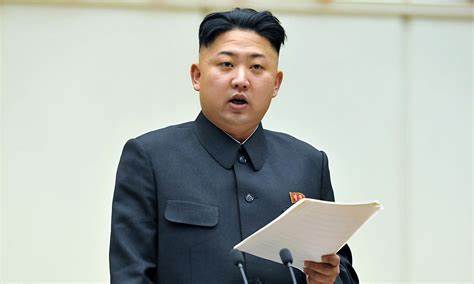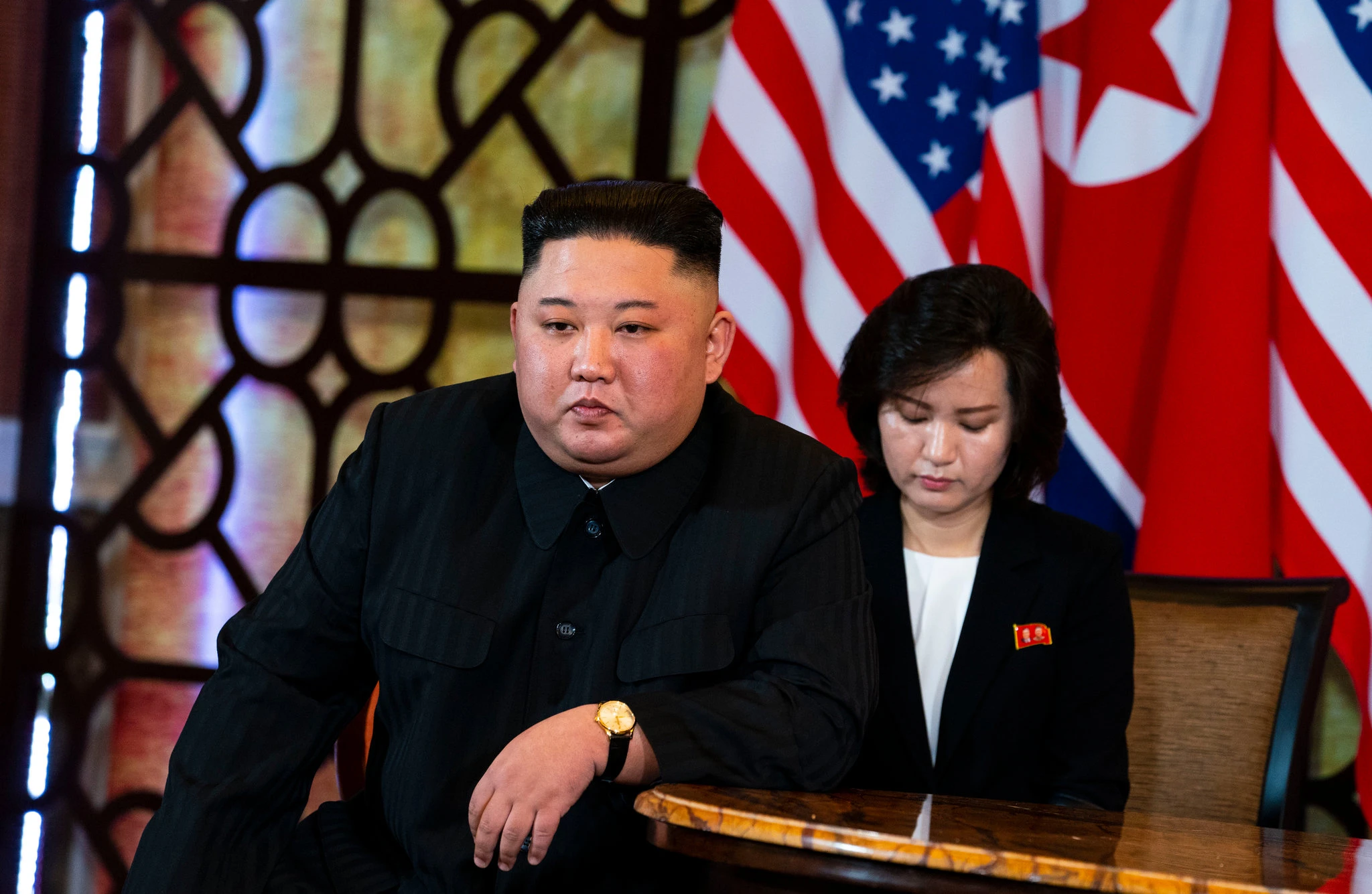
Following a long history of tension, the Korean Peninsula’s precarious peace is back under intense scrutiny as fresh provocations and a renewed sense of aggression surface, reminding the world of the region’s volatility and the lingering ghost of the Korean War.

Despite the Armistice Agreement signed on July 27, 1953, the Korean War never officially ended, leaving a technically ongoing state of war that continues to cast its shadow over present-day interactions between North and South Korea, and their respective allies.

Recent declarations by North Korean leader Kim Jong Un, rejecting the long-held goal of reunification and dismantling associated infrastructure, have heightened the urgency to address this simmering conflict.

Even for a nation known for its provocations, North Korean leader Kim Jong Un’s announcement to abandon the goal of reconciliation with South Korea was startling.

However, this move is the almost inevitable result of years of escalating tensions.

After a brutal three-year conflict on the Korean Peninsula, hope emerged on July 27, 1953, when Lieutenant General William Harrison Jr. of the United States Army and North Korean General Nam Il signed an armistice agreement in Panmunjom, near the de facto border.

This historical moment brought a temporary respite as the fighting ceased, though no definitive peace treaty was signed. However, by the late 1960s, tensions resurfaced with renewed North Korean aggression, known as the “Second Korean War.”

Although less intense than the original conflict, it rekindled global attention and bitterness, underscoring the fragile balance between conflict and peace and the enduring impact of historical events.

Global powers will now closely monitor how this significant foreign policy shift, one of Kim’s biggest since he took power in 2011, will unfold.

Kim seeks to gain leverage in a region fraught with both opportunities and risks for his small, impoverished, yet nuclear-armed nation.

The announcement came during this week’s session of North Korea’s rubber-stamp parliament, where Kim proposed rewriting the constitution to eliminate the concept of peaceful unification with South Korea and to designate the South as an “invariable principal enemy.”

This marks the clearest indication yet of the deterioration in inter-Korean relations since February 2019, when Kim’s nuclear negotiations with former U.S. President Donald Trump collapsed in Hanoi, Vietnam.

Following this high-profile failure, animosity has grown, accompanied by an accelerated and unprecedented expansion of Kim’s nuclear arsenal and repeated nuclear threats against Washington and Seoul.

During Monday’s Supreme People’s Assembly meeting, Kim described South Korea as “top-class stooges” of the United States, possibly aiming to weaken South Korea’s regional influence while moving towards direct nuclear talks with the U.S.

In light of the recent spike in tensions and the complex nature of this flashpoint, the imperative for the international community, and particularly for the United States, is to prioritize a peaceful resolution to the Korean War.
Relevant articles:
– The Second Korean War Era: A Period of Peril and Provocation, SOFREP
– U.S. Army Center of Military History, U.S. Army Center of Military History (.mil)
– It’s Time to Resolve the Korean War, United States Institute of Peace
